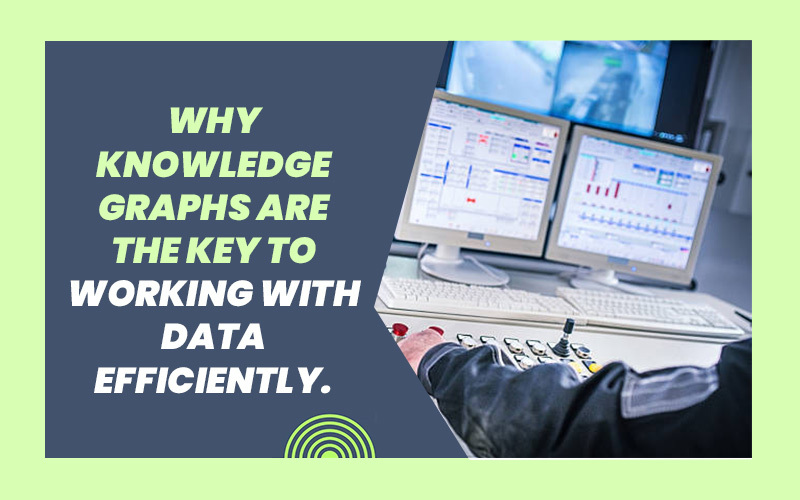Data is used in virtually all forms of human organizational activity. The storage location will, however, impact its overall efficiency. Knowledge Graphs are the solution to collecting and connecting data from various sources and merging them into context to allow for easy decision-making. Knowledge Graphs use a graph-structured model to integrate data. They can be used to organize unstructured data and extract new information from stored data. They provide a relationship between real-world entities of a domain. They can be designed by humans or machine-generated. Here are some data entities disciplines to apply Knowledge Graphs efficiently:
1. Fraud detection: Financial institutions like banks use knowledge graphs to understand money flow across clients and discover fraudulent activities by either employees or unruly customers. In government sectors, knowledge graphs are used to detect cases of money laundering and tax fraud. Insurance companies also engage in the use of knowledge graphs in detecting fake insurance claims through the existent data provided by their clients. These organizations can quickly achieve these purposes by creating knowledge graphs using individuals’ data. On a larger scale, knowledge graphs serve as a potent tool in discovering fraud rings or, simply put, a fraud network. A fraud ring is an organized network of financial criminals who forge or steal identities to launder money. With knowledge graphs, their fraudulent activities can be easily detected and prevented.
2. Product Recommendation Systems: Knowledge graphs comprise a structure of entities that allows humans and machines to understand their contents. With the combination of graph technologies and machine learning, Artificial Intelligence is provided with the needed background. Companies, with the help of this Artificial Intelligence, can input individual data into knowledge graphs and are, therefore, able to engage in Know-Your-Customer (KYC) activities where they can determine each interest and purchase behavior and then recommend products based on this knowledge. This strategy is replicated across different demographic groups with the sole purpose of modeling users’ preferences for personalized product recommendations. As such, prospective buyers feel unique with the recommendation because it suits their preferences.
3. Healthcare industry: These serve a massive benefit to the healthcare industry as they are used in organizing and categorizing relationships within different medical research works. Medical knowledge graphs are created by integrating published literature with medical databases containing drug interactions and diagnoses. This, in turn, helps to validate such diagnoses and identify the proper treatment for each individual. They also help extract the relationship between entities like genes, drugs, and diseases to reason and derive new information from their relationship.
4. Entertainment Purposes: With the introduction of the knowledge graph technology by Google in 2012, Knowledge Graphs have begun to gain more leverage in the digital world. Knowledge Graphs can generate substantial public engagements, develop the user interface and enhance user experience. Content platforms such as Social Media (Facebook, LinkedIn), Search Engines (Google, Yahoo, Bing), and Netflix make use of artificial intelligence in recommending content to their users. Knowledge graphs can help these platforms to recommend newer content to users based on their online engagement patterns and clicks.
5. Semantic Searches: Since knowledge graphs also contain the meanings of particular entities, they are instrumental in semantic searches. As such, they enhance search engine optimization and improve the accuracy of search results. Knowledge graphs, through the data from individual searches, will quickly provide expected and accurate results. Some tools for creating Knowledge Graphs include Top2Vec, Azure Cosmos DB, Tiger Graph, Stardog, and Datastax Enterprise Graph.
Knowledge graphs create a web of knowledge for organizations that they can use to find information faster, make better-informed decisions and give a new approach to insights using knowledge management tools. They can also help to save cost and time by visualizing documents effectively. The only time will be spent on understanding data models and graph databases. Knowledge graphs provide needed information quickly because it connects data from various sources and gives you the output through Artificial Intelligence, unlike the traditional method of searching for information where you have to find the connections manually.
Also Read: There is no need to count the benefits of submitting a guest post for business, there are many!




